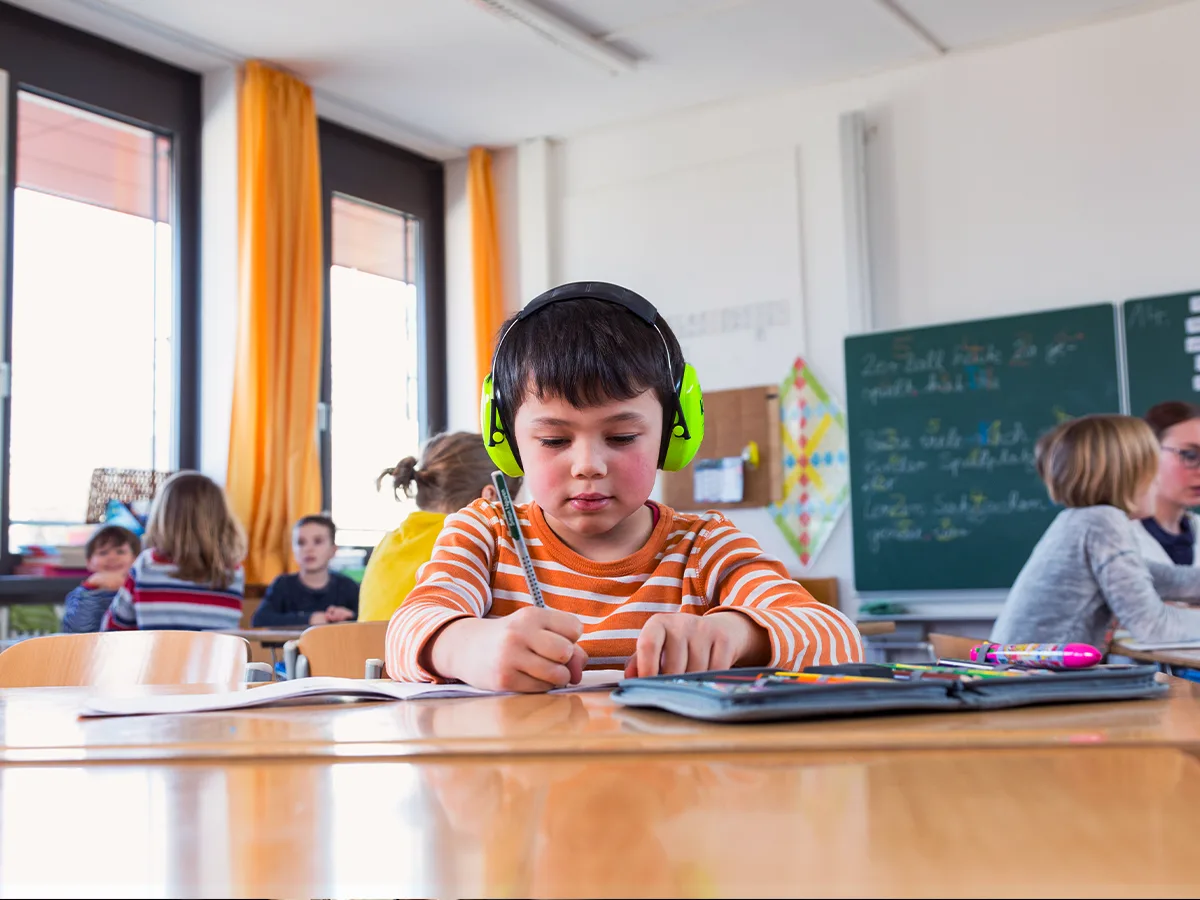Sensory seeking and sensory avoiding: What you need to know

At a glance
There are two ways kids with sensory processing issues respond to sensory input.
When kids underreact to sensory input, they may seek out more input.
When kids overreact, they become overwhelmed and may avoid the input.
Our brains are constantly taking in information from our senses. For most people, processing that information isn’t a problem. But dealing with that stream of input is a struggle for kids with sensory processing issues.
Kids don’t all have the same reactions to situations and stimuli. But their responses tend to fall into one of two categories.
Some kids tend to be “sensory seekers.” They underreact to sensory input or need more of it to function. Others are generally “sensory avoiders.” They overreact to sensory input and become overwhelmed and hyperactive.
Learn more about the differences between sensory seeking and sensory avoidance.
Types of sensory input
When we think of sensory input, we think of having five senses: sight, smell, hearing, taste, and touch. These are some common examples of things kids seek and avoid from those senses.
Sight: Visual patterns, certain colors or shapes, moving or spinning objects, and bright objects or light.
Smell: Specific smells. Some kids like to smell everything, while some kids are able to detect — and object to — smells that other people don’t notice.
Hearing: Loud or unexpected sounds like fire alarms or blenders, singing, repetitive or specific types of noises (like finger snapping or clapping).
Taste: Specific tastes (like spicy, sour, bitter, or minty) and textures (like crunchy, chewy, or mushy), chewing or sucking on non-food objects (like shirt sleeves or collars).
Touch: Touch from other people, touching and fiddling with objects, tight or soft clothing, and certain textures or surfaces.
But there are two other senses that affect kids with sensory processing issues. One is the ability to sense body movement, position, and balance. This is called proprioception. Sensory-seeking kids will try to get more proprioceptive input. They might give people tight hugs or crash into things to feel the physical contact and pressure. Sensory avoiders will try to get away from those sensations.
The other sense has to do with spatial orientation, or knowing where your body is “in space.” In this case, sensory seekers might rock back and forth, spin or swing, hang upside down or jump from heights. Sensory avoiders may be more physically cautious.
Read more about how sensory processing issues can affect motor skills.
Sensory seeking: What it is and how it looks
Most sensory seekers are undersensitive to input (this may be referred to as “hyposensitivity”). They look for more sensory stimulation. Kids who sensory seek may look clumsy, be a little too loud or seem to have “behavior issues.”
Sensory input can help stimulate kids to feel less sluggish. It can also soothe an “overloaded system” and help kids feel more organized in their own bodies and in space. A sensory seeker may:
Stand too close when talking to others and not have a good sense of personal space. (Learn how one mom taught this to her son using the “elbow rule.”)
Have an unusual tolerance for pain.
Walk with loud, heavy steps.
Enjoy jumping, hopping, and bumping and crashing into things and people — sometimes to the point of being unsafe.
Not know their own strength. (Kids may rip paper when writing, break toys, or hurt others by accident.)
Prefer “rough play” on the playground.
Touch people and objects often.
Seek out or make loud noises.
Chew on shirt sleeves or collars and other non-food items.
Sensory avoiding: What it is and how it looks
Most sensory avoiders are oversensitive (this may be referred to as “hypersensitivity”). They experience sensory input more intensely than the average person, and they avoid it because it’s overwhelming to them.
Kids who sensory avoid may seem timid. They may be “picky eaters” or be particular about the types of clothes they wear. A sensory avoider may:
Not liked being hugged or kissed, even by family.
Be startled and frightened by unexpected sounds and bright lights.
Hear background noises other people aren’t able to detect.
Worry about being bumped in line or touched by other kids while playing.
Refuse to wear scratchy, tight, or otherwise “uncomfortable” clothes.
Be wary and avoidant of swings and other playground equipment that provides vestibular or proprioceptive input.
Have trouble knowing where their body is in relation to other people or objects.
Prefer to be in quieter environments and avoid crowds.
It’s not always one or the other
Not all kids are clearly sensory seekers or sensory avoiders. Some kids may show a combination of these reactions. That’s because their responses can change based on their level of arousal or how well they’re able to self-regulate.
For example, some kids are fine in familiar settings, but might have sensory meltdowns in crowded, unfamiliar places. Or they might seek out more input to help calm themselves down, when they ordinarily don’t.
Knowing your child’s reactions and triggers can help you find ways to help. Talk to the teacher about your child’s sensory issues. And get tips on managing meltdowns and helping your child cope with tactile, visual, taste, and noise sensitivity.
Key takeaways
Sensory seekers are undersensitive to sensory input, while sensory avoiders are oversensitive.
Some kids may show a combination of these reactions.
Knowing your child’s triggers can help you find ways to help your child cope.

